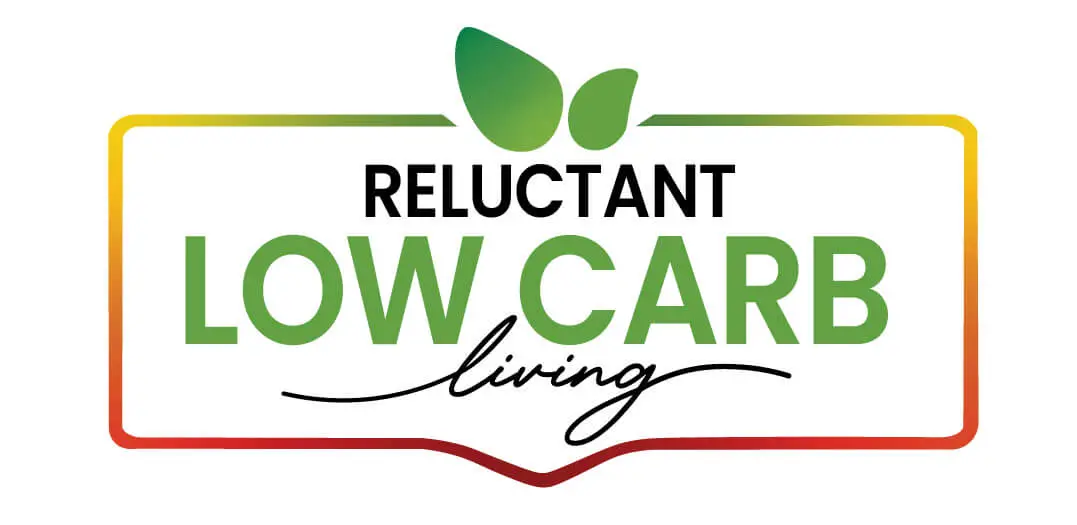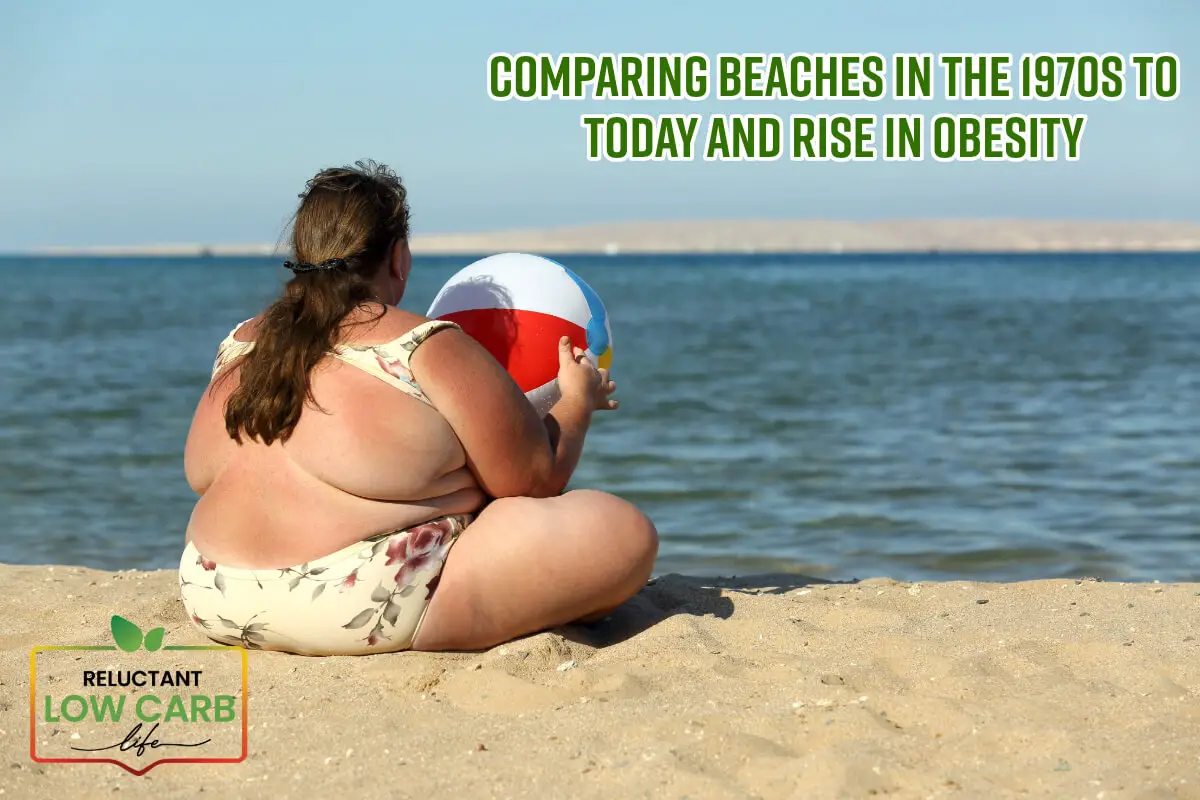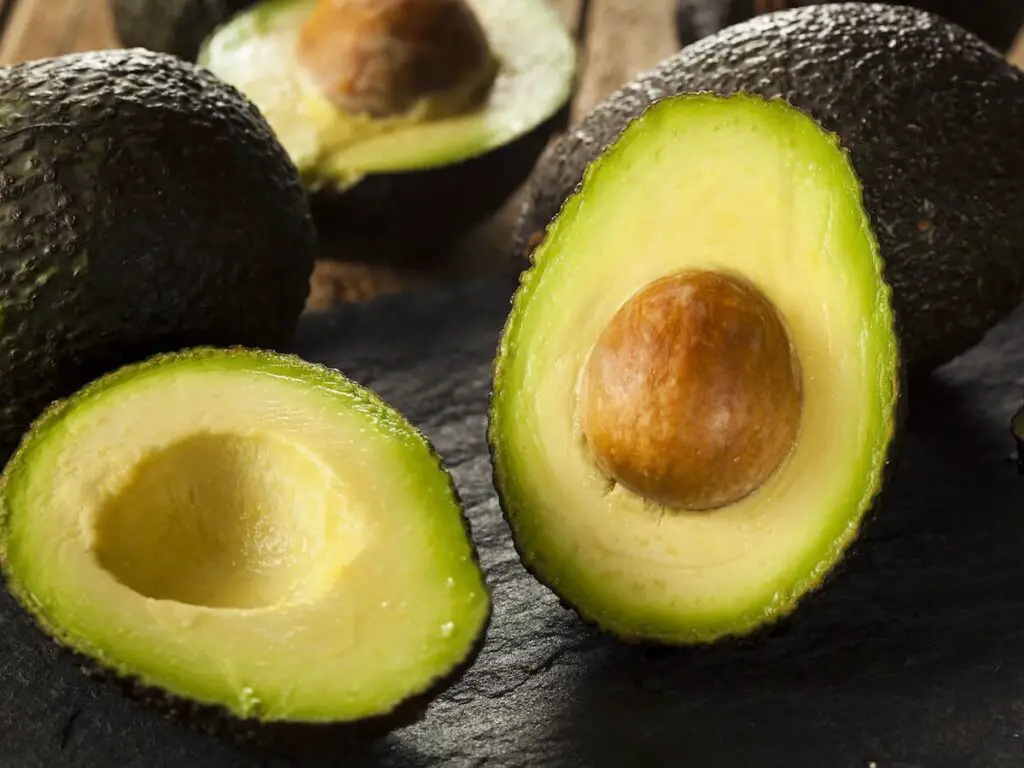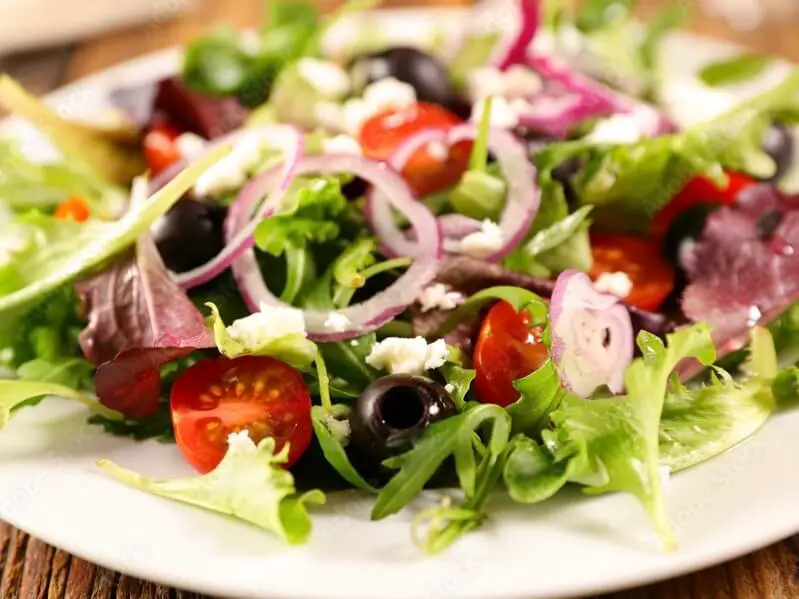If you look at a photo of a beach from the 1970s, you’ll notice a striking difference compared to today. Back then, it was rare to see anyone who would be considered obese or highly overweight.
Most people looked healthy and relatively thin. Fast forward to today, and it’s a different story. Now, many of the people on the beach are considered overweight or obese. It makes you wonder what we, as a country and world, have done to have such a huge health and fitness crisis on our hands. What can we do to reverse this in our own lives? Read on as we explore more.
Table of Contents
- What Have We Done? A Look at Beach Bodies from the 1970s to Today and the Rise of Obesity
- 15 Differences Between the 1970s and Today and Why We Are Obese
- Reluctant Low-Carb Life: Embracing the Trifecta of Health
- Related Question
What Have We Done? A Look at Beach Bodies from the 1970s to Today and the Rise of Obesity
In the 1970s, only about 15% of U.S. adults were obese. By 2016, that number had increased to almost 40%.

This doesn’t even include children, who are now more obese than ever. Numerous studies have linked the increase in sugar intake to obesity, citing the rise in sweetened beverages and ultra-processed foods as significant contributors. But is that the entire story?
I Remember How We Ate In The 1970s
As I have often said on this blog, I am not a dietitian nor a doctor, just a concerned citizen. I remember the 1970s vividly.
We hardly ate out at all. If my family did eat out, it was usually when we were traveling, and we’d stop to get a bucket of Kentucky Fried Chicken, which we’d eat alongside homemade food like salads.
Essentially, we weren’t consuming a completely ultra-processed meal. This was a rare treat; even then, we balanced it with fresh, homemade foods.
No wonder today, the United States and the world are suffering from obesity, and this trend continues to rise each year.

15 Differences Between the 1970s and Today and Why We Are Obese
I remember the 1970s and eating, especially at home and out; ultra-processed foods were the exception, not the rule.
Here are 15 differences between the 1970s and today that I believe contribute to the obesity epidemic and explain why people on the beach were so much skinnier then compared to now:

Ultra-Processed Foods:
In the 1970s, ultra-processed foods were less prevalent. Today, they make up a significant portion of many people’s diets, probably the most significant change.
Sugar Intake:
Sugar was not as ubiquitous in our food in the 1970s as today. The increase in sugar consumption is closely linked to obesity.
Sugar today is everywhere. You buy flavored yogurt. It has sugar. It is in all our foods.
Whole Foods Consumption:
In the 1970s, most people ate fresh, whole foods. We baked bread, canned vegetables, had gardens, and consumed fresh food.
Sugar as a Treat:
In the 1970s, sugar was a treat, not a diet staple. Today, most Americans consume 200-300% more sugar each day than recommended. Much of this sugar is hidden in foods that don’t seem sweet.
Physical Activity:
People moved more in the 1970s. We didn’t have as much TV, and smartphones, computers, or even phones were not ubiquitous. We played outside more and integrated movement into our daily lives.
I remember that in the 1970s, we were outside every day in the summer and most days in the winter. We would bundle up and go outside, even on frigid days. It was something everyone did.
Caloric Intake:
We ate fewer calories in the 1970s. Food was less calorie-dense, and our overall intake was lower.
Convenience Foods:
Convenience foods were not as widespread in the 1970s. Today, fast food is easily accessible, and many people eat on the go, leading to higher calorie consumption without mindful eating.
Meals in the Car:
Eating meals in the car was uncommon in the 1970s. It’s a common practice today, and we often eat quickly without realizing how much we consume.
Work and School Movement:
In the 1970s, people moved more for work and school. Walking or biking was more common, and we were generally more active in our daily routines.
Homemade Meals:
Most meals were homemade in the 1970s, which meant fewer additives and preservatives and more control over ingredients.
Portion Sizes:
Portion sizes were smaller in the 1970s. Today, restaurant and fast food portions are significantly more significant, leading to higher calorie intake.
Cooking Skills:
More people knew how to cook in the 1970s. Today, many rely on pre-packaged or restaurant meals.
Food Marketing:
Marketing of unhealthy foods has increased dramatically. Children and adults are constantly bombarded with ads for sugary snacks and drinks.
Snacking:
Snacking was less common in the 1970s. Today, snacking between meals is normalized, often with high-calorie, low-nutrient foods.
Community and Social Eating:
In the 1970s, eating was more of a social and community activity. Today, many people eat alone or are distracted by screens, leading to less mindful eating.
Our diet, lifestyle, and environmental changes have profoundly impacted our health over the past few decades. Obesity rates have skyrocketed, and with them, related health issues like diabetes and heart disease.
It’s time to reflect on these changes and consider how we can return to healthier habits. By embracing more whole foods, reducing sugar intake, and incorporating more physical activity into our lives, we can reverse this trend and improve our health and well-being.

Reluctant Low-Carb Life: Embracing the Trifecta of Health
At Reluctant Low-Carb Life, we champion the trifecta of health, a simple yet profound approach to well-being: freshness, fullness, and fitness. This philosophy advocates for eating fresh foods, choosing foods that provide high satiety (making us feel full longer), and incorporating fitness into our daily lives.
Freshness:
Fresh foods are the cornerstone of a healthy diet. Focusing on whole, unprocessed foods reduces our intake of additives, preservatives, and hidden sugars.
Think back to the 1970s, when home-cooked meals and garden-fresh produce were the norms. This return to freshness ensures we are nourishing our bodies with essential nutrients.
Fullness:
Choosing foods that promote satiety helps us avoid overeating and reduces the temptation to snack on unhealthy options. High-satiety foods, such as lean proteins, healthy fats, and fiber-rich vegetables, keep us satisfied for extended periods.
This approach mirrors the balanced meals of the past, where homemade bread, garden vegetables, and modest portions of protein were every day.
Fitness:
Regular physical activity is essential for maintaining overall health. In the 1970s, people naturally incorporated more movement into their daily routines.
Whether walking, biking, or engaging in outdoor play, staying active helps us maintain a healthy weight and improves our mental and physical well-being.
At Reluctant Low-Carb Life, we believe that embracing this trifecta of health—freshness, fullness, and fitness—can lead to a more vibrant and healthy life.
By drawing inspiration from the more straightforward, less processed lifestyle of the 1970s, we can combat the modern challenges of obesity and related health issues. Join us in returning to a lifestyle where fresh, whole foods and regular physical activity are the foundation of well-being.
You Can Listen To Our Podcast About How Have Beach Bodies Changed from the 1970s to Today? Below or By clicking here.
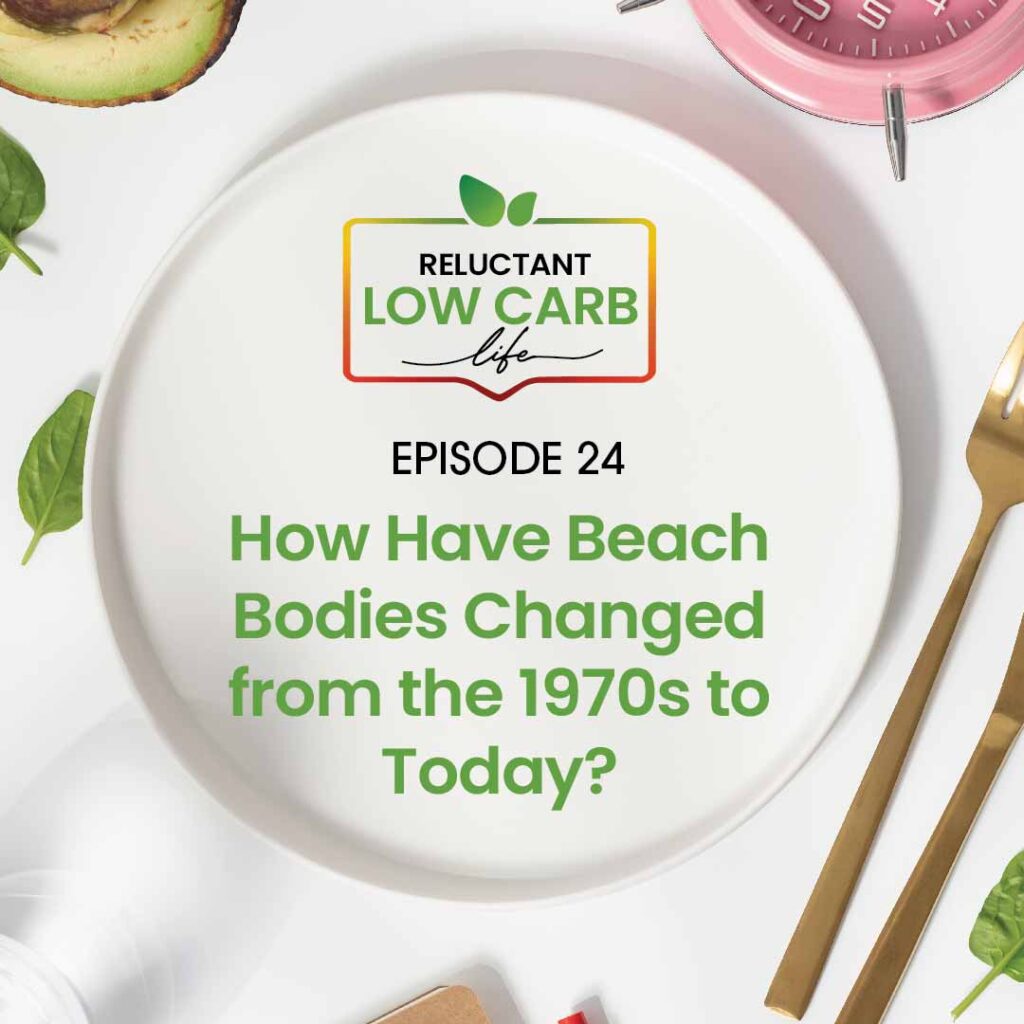
At Reluctant Low Carb Life, we are staunch advocates of the Health Trifecta: Fullness, Fitness, and Freshness. Additionally, we embrace the pillars of health, wellness, and graceful aging. Our mission is to provide honest and precise information to individuals dedicated to adopting a healthy lifestyle while enhancing their fitness and well-being.
We have a free monthly newsletter that is filled with information and helps you remain updated. Subscribe to the Reluctant Low Carb Life newsletter by clicking here.
Listen to our weekly podcast, Reluctant Low Carb Life, on all the major podcast platforms by clicking here.
Follow us on Instagram and Facebook by clicking the links.
Related Question
13 Ways To Break Up With Your Sugar Addiction
The truth of sugar addiction is undeniable, and the challenge to conquer it can seem immense. However, with steadfast determination and a systematic plan, it’s feasible to regulate, lessen, or even eradicate sugar from your diet. Read on as we discover thirteen effective tactics that have helped me in this journey and could be beneficial for you as well:
You can read more about 13 Ways To Break Up With Your Sugar Addiction by clicking here.
The Hidden Sweetness: The Unexpected Addiction To Sugar
In an age where health consciousness is on the rise, it may come as a surprise to realize that most of us are addicted to something we encounter daily – sugar. Yes, the sweet component that makes our desserts heavenly is far more addictive than we think. Read on as we discuss the hidden sweetness of sugar.
You can read more about The Hidden Sweetness: The Unexpected Addiction To Sugar by clicking here.
Effective Ways To Overcome A Coke Or Soda Addiction
Those of us who’ve struggled with addiction to Diet Coke or regular Coke understand that it’s not just a casual habit; it’s a bona fide addiction. There’s something irresistible about the drink that keeps you coming back for just one more sip, one more can.
You can read more about Effective Ways To Overcome A Coke Or Soda Addiction by clicking here.
